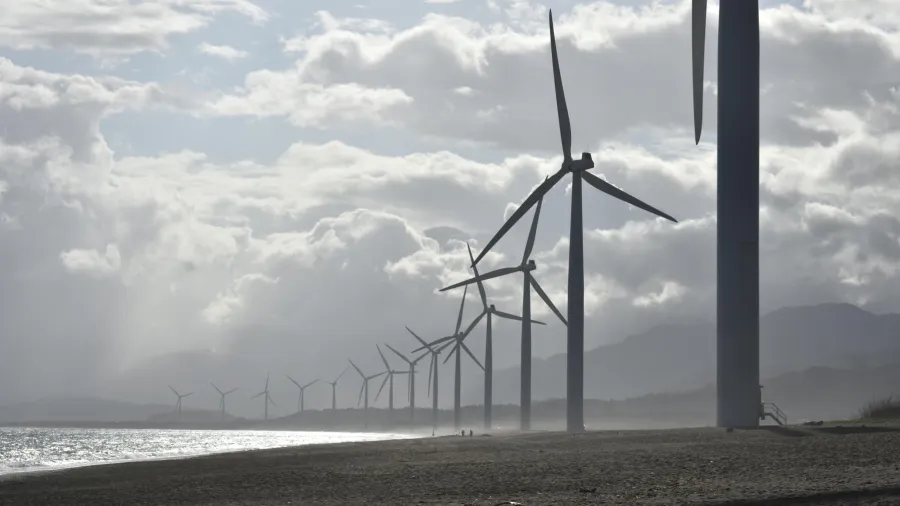
Over $1.1t investment opportunities seen in Asian markets’ renewable supply chain by 2050
Capacity by then can generate 873 GW of green energy.
A recent report by the Institute for Energy Economics and Financial Analysis (IEEFA) highlighted opportunities for developers as investment potential for solar and offshore wind power project supply chains is seen to exceed $1.1t through 2050.
“Solar energy offers immediate investment benefits to the Asia Pacific, whilst the advantages of participating in the offshore wind supply chain will develop over the next several years,” said Grant Hauber, IEEFA’s strategic energy finance advisor.
The IEEFA report focused on Asian markets: Japan, South Korea, Malaysia, Taiwan, Vietnam, Philippines, and Indonesia.
Up to 2050, the think tank said solar photovoltaic (PV) plans are seen to have 634 gigawatts (GW) of capacity, requiring an investment of $394b. Offshore wind represents a $621b opportunity to deliver 239 GW of capacity, it added.
Majority of both are expected to be localised, IEEFA said.
IEEFA is also seeing up to $97b worth of investment opportunity in the maritime sector through offshore wind installation and service vessels. Almost all these are expected to be sourced regionally, it noted.
“When developing national renewable energy technology strategies, countries would benefit from looking beyond panels and turbines. These high-tech components, although crucial, require significant investments, face high competition and low margins,” the report read.
IEEFA said this is evident in China as it is a major player in the conversion of raw silica into PV modules.
It produces 83% of the world’s polysilicon, 97% of wafers, 83% of cells, and 72% of modules. Additionally, Beijing has over 100% excess manufacturing capacity, sufficient to supply double the projected global demand into the next decade, IEEFA said.
“In contrast, the non-panel, non-turbine supply chain, offers more opportunities. Many of these ‘balance of system,’ or BoS, components and services are best provided locally and represent the majority of investment costs in a solar PV project or wind farm,” IEEFA explained.
“In solar PV, BoS components account for 60% to 72% of total investment, while in offshore wind farms, they represent about 58% to 68%. These localised costs are typically shared amongst manufacturers, suppliers and service providers, instead of going to a single company. This creates the potential for broader distribution of economic benefits,” it added.



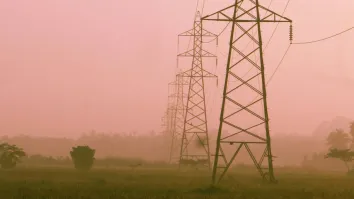
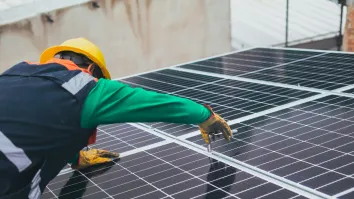





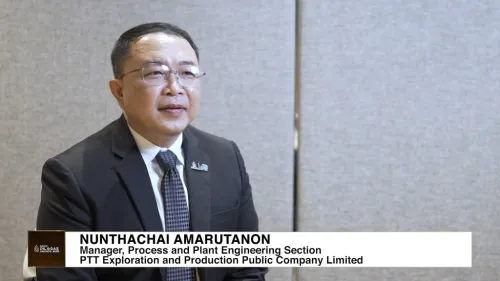


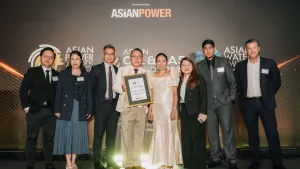





 Advertise
Advertise








